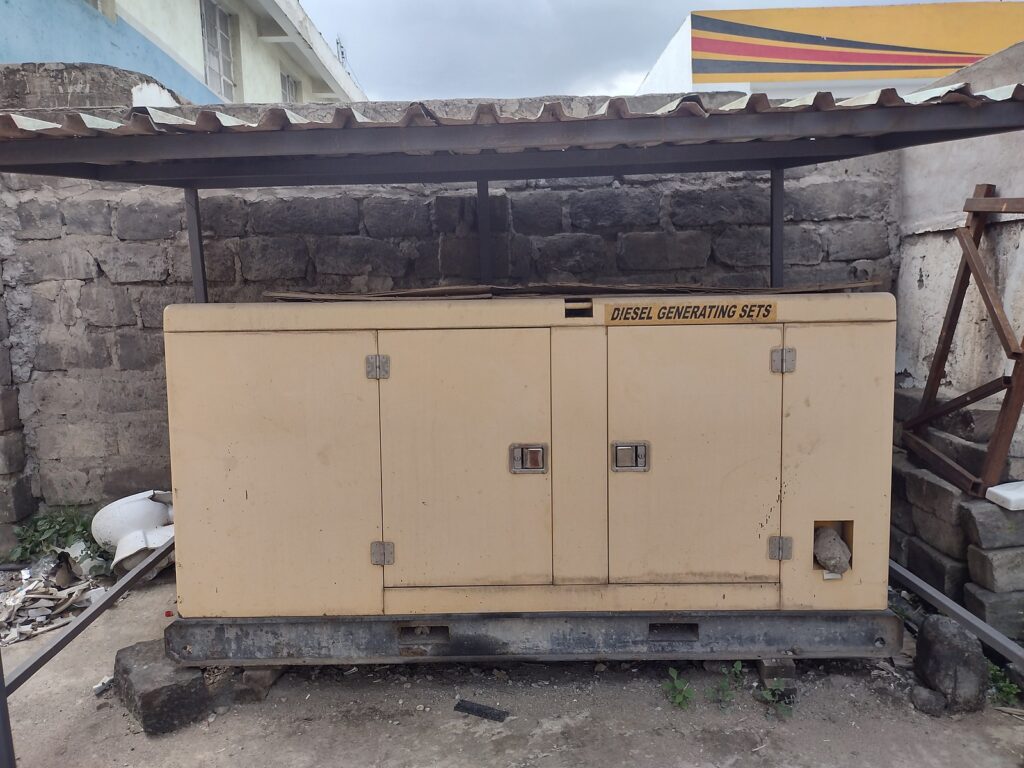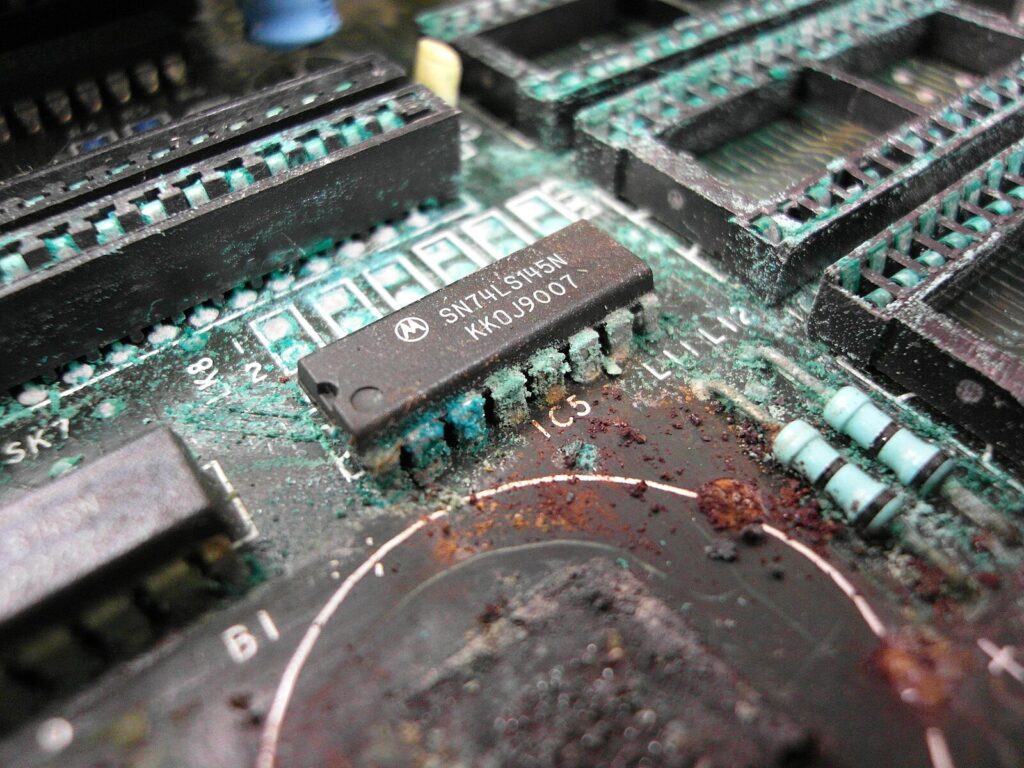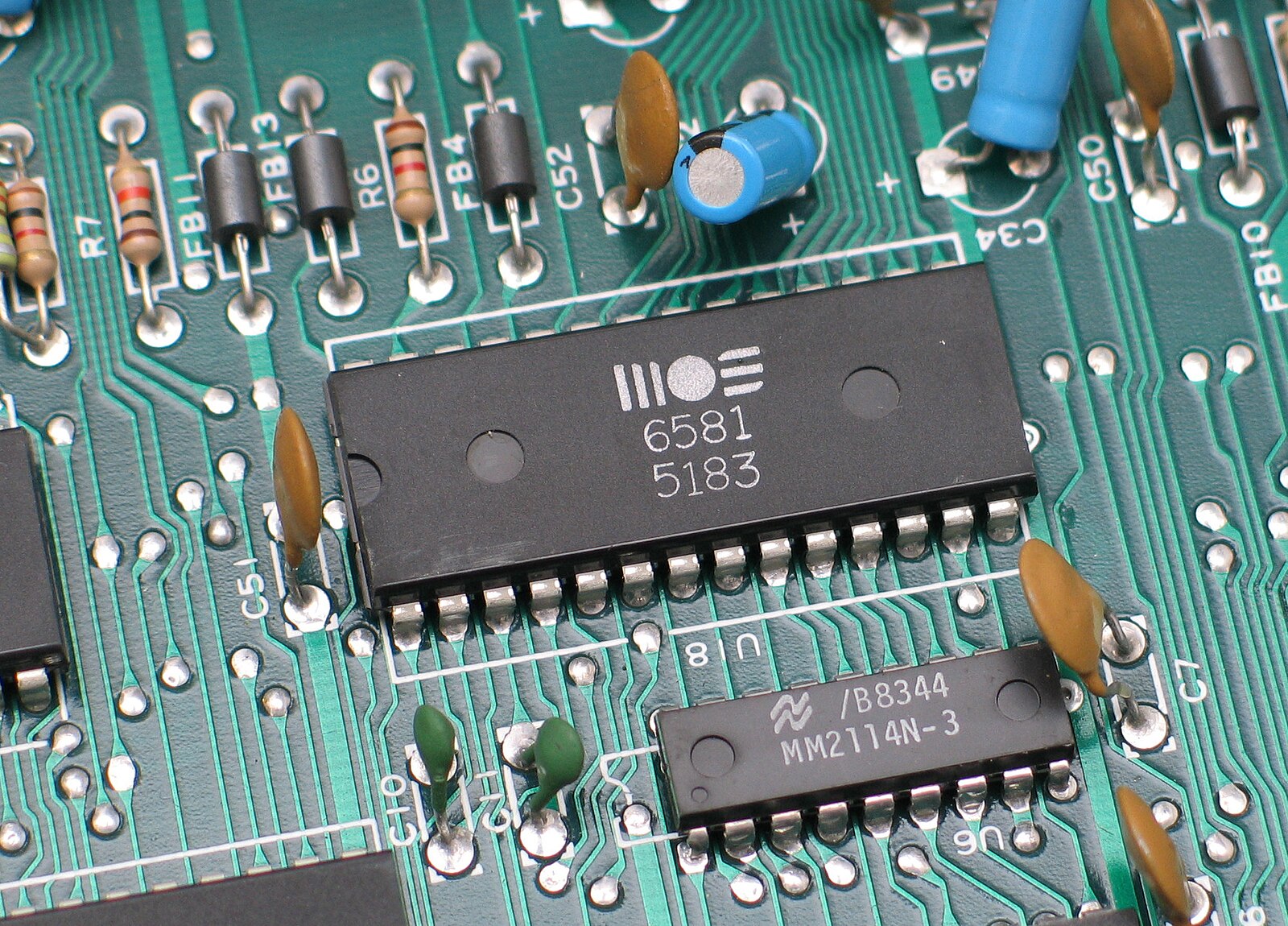Like modern vehicles, generators are no longer just mechanical devices. They incorporate sophisticated electronics for regulating aspects like voltage and current output. And like car ECUs, these electronics are usually housed in PCBs, which can fail over time due to wear, corrosion, shorting, or open circuits. We’ll look at how you can tell if your generator’s PCB is faulty, but first, here are the functions of PCBs in generators.
Purpose of PCBs in Generators
Control
Large generators, especially those with standby features, have control boards that handle the startup and shutdown sequences to automate power delivery to the load (premises). Advanced generators can even have control panel screens to output data to the user, and this requires a PCB.
Regulation
Power usage in buildings and homes can fluctuate, and this can affect the voltage level output from the generator, causing spikes or drops. These fluctuations can damage sensitive electronics, leading to expensive repairs. To prevent this, generators have automatic voltage regulators to automatically adjust the generator’s output voltage and keep it stable (110–120V or 220–240V, depending on the country).
Monitoring
Printed circuit boards also host the electronics that monitor parameters like engine speed and temperature, fuel level, and voltage, then provide feedback to the control system, which can shut down the engine or alert the user if there are issues. This data comes from sensors positioned around the generator.
Communication
Some generators can communicate with the outside world, for instance, to provide feedback or alert the user of potential issues. This communication occurs wirelessly via protocols like Bluetooth and Wi-Fi, which require high-frequency PCBs and antennas that operate efficiently while attenuating the surrounding noise.
Protection
Automated protection is critical to preventing generator or load damage. With the sensor data streaming in, failsafe mechanisms such as circuit breakers, fuses, protective relays, and surge protectors can activate to cut off the power supply to the load. On the engine part, if the temperature or speed is too high, the control board can shut down the generator to prevent expensive damage.
Signs of PCB Failures in Generators
Inconsistent Power Output
Since the automatic voltage regulator is on the circuit board, a PCB failure can make it go offline. This will lead to an erratic power supply when the generator turns on.
Inaccurate Alarms or Parameter Readings
A damaged control panel PCB can affect the integrity of the sensor data streaming in, resulting in false alarms and inaccurate warnings sent to the user.
Refusing to Start or Run
Standby generators don’t need to be started manually. But with the control board damaged, the startup sequence won’t be activated once the mains power goes out. If the generator needs to be started manually, it might fail to run because the required parameters won’t be available.
A corroded PCB
Malfunctioning Parts
PCBs can have sensors, relays, controllers, and other components, which can malfunction if the PCB has issues.
Unstable Operation
The generator might start if it has a faulty control board, but it will run erratically with intermittent starting or shutdowns, leaving you with unreliable power.
Flashing Lights (Error Codes)
The control panel might be designed to display error codes as flashing lights, and the key to decipher these codes will be in the product manual. It might be the PCB or other components on the machine.
How To Prevent PCB Failures in Generators
The key to preventing PCB failures and prolonging the service life of the generator lies in the PCB design, manufacturing, and assembly. In this operating environment, the generator will be exposed to heat, corrosive chemicals like oil, fuel, and coolant, moisture (from rain), excessive vibrations, and electrostatic discharge. So it is necessary to make the PCB resilient enough to withstand these conditions using these considerations.
Design and Manufacturing Considerations
Pick corrosion-resistant materials for the PCB substrate and external layers, as well as its components. Since the board will have heat-generating components, space them correctly and distribute them across the surface to avoid creating intense heat spots. Heat sinks can also help to keep these components running cool and efficiently.
Additionally, remember to keenly look at the thermal design aspects, such as copper layer thickness and layer arrangement, to manage heat dissipation internally. And since the board will be exposed to external noise, consider using effective grounding and shielding techniques.
Other critical design considerations include using through-hole PCB assembly to withstand vibrations and implementing electrostatic protection measures, such as proper grounding, component placement, and trace design.
A PCB with through-hole components soldered on it
Assembly Considerations
During assembly, the components should be soldered correctly to prevent loose connections and withstand the excessive vibrations from the generator. A conformal coating is also appropriate to keep out moisture, which should be followed by thorough testing to ensure the PCB is up to the task.
Why You Should Consider OurPCB As Your Generator PCB Supplier
OurPCB has been in the PCB fabrication and assembly business for close to 20 years, so it has the required expertise, equipment, and experience to handle complex PCB production projects, such as generator PCBs. The company can also handle the design process (with your input, of course) or handle OEM PCB replications with high precision at low costs, whether it is a rigid, flexible, or rigid-flex design. Contact them to get a free quote for your project.





